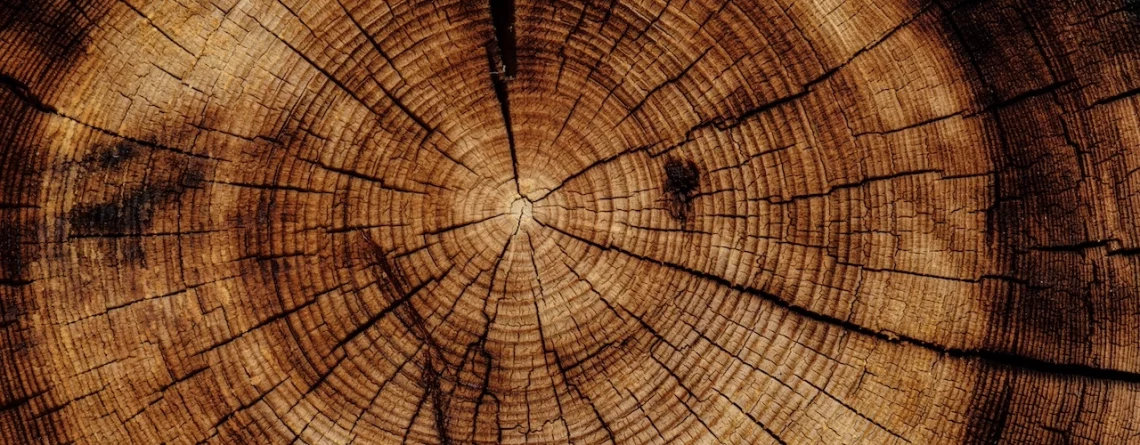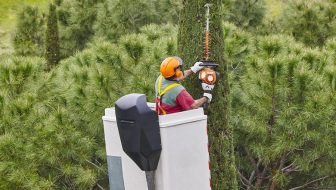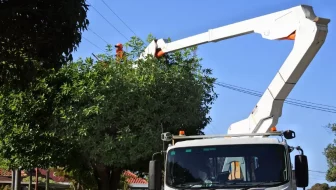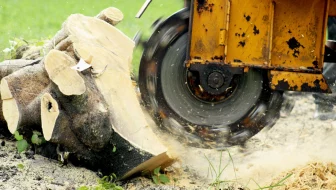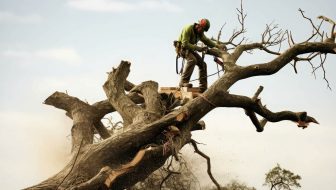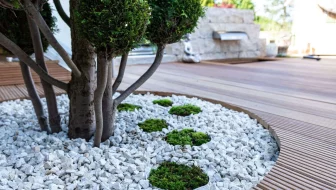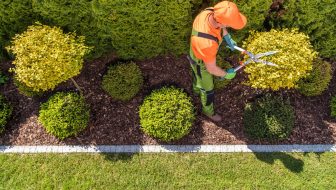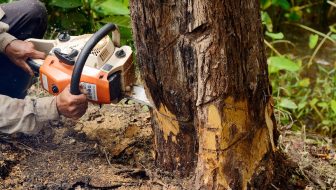Tree removal is a vital aspect of arboriculture, necessary for various reasons such as safety, aesthetics, and property development. While trees contribute immensely to the environment, there are instances where removal becomes essential. Here’s an overview of tree removal and its types:
1. Safety Concerns:
Reasons: Trees that pose safety hazards due to disease, decay, structural issues, or proximity to structures need removal to prevent accidents or property damage.
Process: Certified arborists assess the tree’s condition, strategically plan the removal, and execute it safely, often using rigging and lowering techniques.
2. Aesthetic Considerations:
Reasons: Overcrowded or aesthetically unpleasing trees may require removal to enhance the visual appeal of a landscape.
Process: Arborists carefully evaluate the visual impact of removal, considering the overall landscape design, and employ techniques to minimize disruption.
3. Dead or Diseased Trees:
Reasons: Dead or severely diseased trees can become a breeding ground for pests and pose risks if left standing.
Process: Arborists assess the tree’s health, determining if removal is necessary. In such cases, careful removal prevents the spread of diseases or pests.
Types of Tree Removal:
1. Traditional Tree Removal:
Method: Arborists climb the tree using ropes and harnesses, removing branches systematically before cutting down the trunk in sections.
Suitable for: Small to medium-sized trees in open spaces where there’s enough room for controlled felling.
2. Crane-Assisted Tree Removal:
Method: A crane is used to lift and remove tree sections, providing a controlled descent.
Suitable for: Large trees, trees in confined spaces, or those close to structures where precision is crucial.
3. Emergency Tree Removal:
Method: Swift removal in emergency situations, often due to storm damage, disease outbreaks, or sudden structural instability.
Suitable for: Trees posing immediate threats to life or property.
4. Stump Removal:
Method: After tree removal, the stump is ground down below the surface using specialized equipment.
Suitable for: Creating a clean and level surface for landscaping, eliminating tripping hazards.
5. Selective Tree Removal:
Method: Carefully removing specific trees to improve sunlight penetration, airflow, or overall landscape aesthetics.
Suitable for: Landscaping projects or when specific trees are hindering the growth of others.
Tree removal, when conducted by certified arborists, ensures the safety of your property and contributes to the overall health and beauty of your landscape. It’s essential to consider the specific reasons for removal and choose the appropriate method to achieve the desired outcomes while minimizing impact. Consult with Timber TEKS professionals to make informed decisions tailored to your unique situation.

